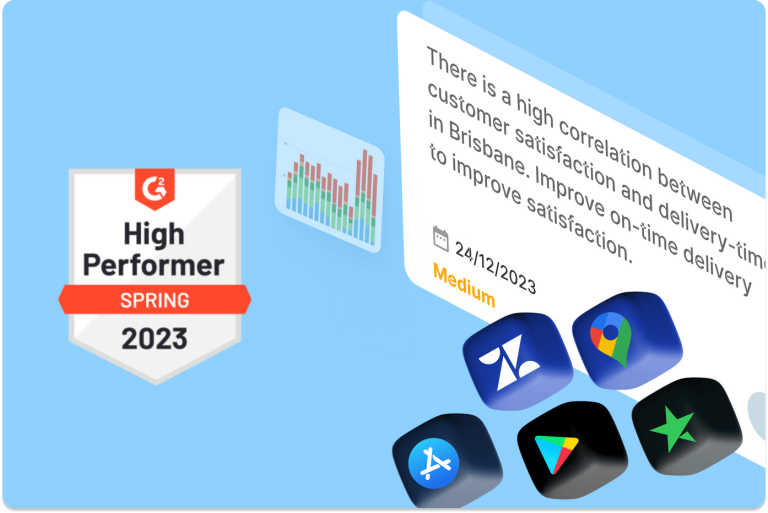
The Importance of Inter-Department Collaboration for Customer Success
In today’s competitive business landscape, customer success is a critical aspect of any success. While many factors contribute to customer success, inter-department collaboration is one of the most important.







